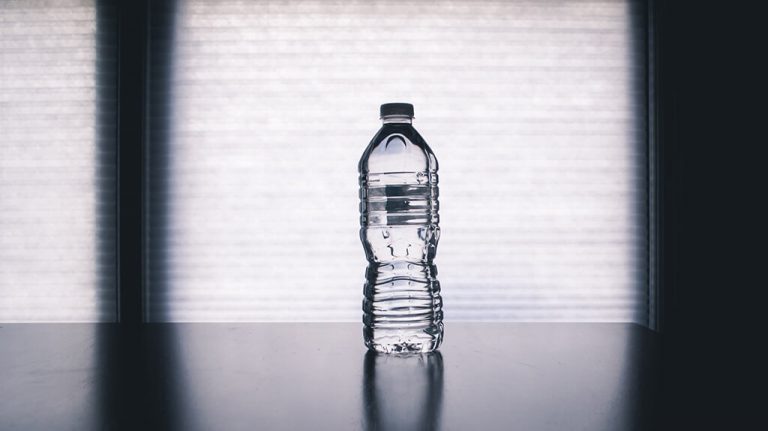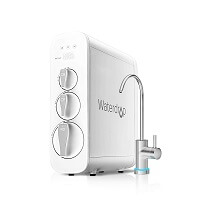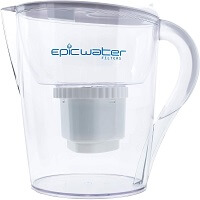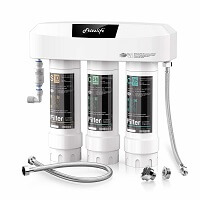Table of Contents [show]
Bottled water manufacturers' major marketing point is that the water is “pure” and “sourced naturally,” making it safer than tap water. In essence, they are banking on dissuading people from tap water by making it look suspicious. That worked wonderfully – over 700% increase in bottled water sales was recorded between 1997 and 2005. The per capita bottled water consumption climbed from 16.2 gallons to 42.1 gallons between 1999 and 2017. Interestingly, these significant boosts in sales and consumption came with substantial adverse effects on the environment. There was a corresponding and unprecedented increase in environmental degradation, human rights abuses, and landfill waste.
Were the manufacturers right about their claims on the purity of bottled water? No, they weren't. Scientific studies have confirmed that bottled water is no safer than tap water. According to the EPA, bottled water is still prone to contaminants. However, that does not threaten the health of anyone who drinks the water.
So how do we ensure the water we drink is very safe? The only way to get pure and safe drinking water is by using a water filter. This option is not only effective but also cheaper and more environment-friendly than using bottled water. All you have to do is choose the right water filter capable of getting rid of the contaminants of interest.
Read on to learn more about water filters and how they can help you.
Is Public Water Safe?
The Safe Water Drinking Act empowers the US Environmental Protection Agency (EPA) to set the drinking water standards for the entire nation. Therefore, the agency oversees over 80 water contaminants that may be present in public water systems. These include lead, chlorine, e-coli, arsenic, and cryptosporidia, among others. The EPA confirms that 90% of US public water has been evaluated and found to meet the standards. However, a water filter will offer you a guaranteed safety of your water.
According to a 2015 study undertaken by the Natural Resources Defense Council (NRDC) - a nonprofit organization, about 18 million Americans have lead or other EPA-regulated impurities in their public water supply. This was attributed to environmental pollution and continuous degradation of the pipes. So, even if your tap water looks and tastes okay, you may have contaminants deposited in the water during transit. NRDC identified impurities like fecal waste, rocket fuel, lead, arsenic, and other byproducts produced during water treatment in the tap water studied. And the presence of these contaminants may cause serious health concerns.
The Physicians for Social Responsibility (PSR) noted in its booklet, Drinking Water: What Health Care Providers Should Know, that “exposure to the contaminants (sometimes found in public and private drinking water) can cause many health problems, ranging from nausea and stomach pain to developmental problems and cancer.” The report mentioned that about 900,000 Americans suffered ill-health annually from contaminated private and public drinking water. Approximately 900 patients end up dying from the complications of their sicknesses.
While it is clear how unsafe public water can be, it is still almost as safe as bottled water. So, despite pumping billions of dollars into making water clean and healthy for drinking, bottled water manufacturers have not exactly achieved what they claim they have. Instead, they only sell the idea of bottled water being better and safer than tap water.
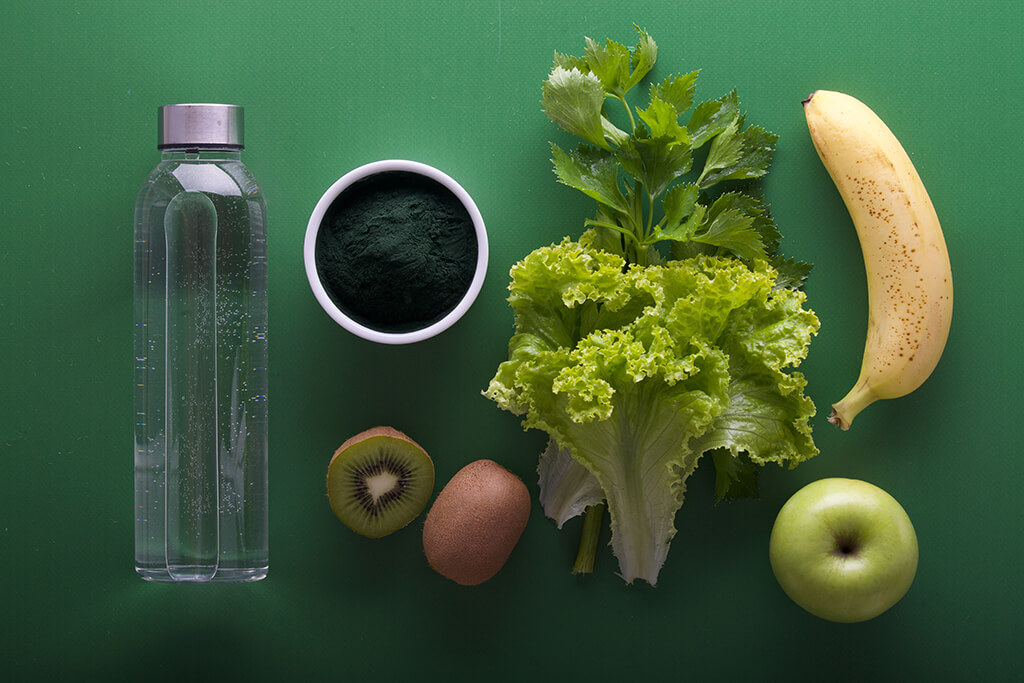
Going From Unsafe Water to Clean Water
Step 1 – Know what you are up against.
There is no universal water filter. Filters are designed to be effective against a specific set of contaminants. Knowing the contaminants in your water will help you choose the right filter, thus saving you money and time that could have been wasted on the wrong filter. This is why you must do a little research before anything else.
According to James P. McMahon, the owner of Sweetwater, LLC, a leading product consultant company on water and air purification, people end up with the wrong filter system skipping the research part of the process. “They skip this very important step, and then they've wasted money and resources on a system that isn't making their water any safer.”
The annual “Consumer Confidence Report” from your water utility company often contains details like the source of your drinking water, the contaminants present, and their levels relative to the national standards. Suppose you don't get a copy of this report by July 1. In that case, you can reach out to your utility and request a company or check www.epa.gov/safewater if it is available online.
The report will give you insights into the state of the water in your area; you need something more specific to verify the safety of your tap water. This is where the water test comes in. A water test at a state-certified lab can provide such information. You can check the EPA's drinking water website for the list of suitable labs. Note that these tests come at a fee.
The same is applicable if your water source is a private well. Do your well water test during late spring or whenever there is a change in color or taste.
Step 2 – Identify the safest type of water filter.
There are tons of water filters in the market, including under-the-sink filters, faucet filters, inbuilt refrigerator filters, pitcher filters, and even whole-house filters. Each filter type is different, especially in the media types adopted. So, you need to go for one that best suits your needs.
If your Consumer Confidence Reports show that your water is better than the EPA levels, you can go for a water filter that targets the chemicals used in treating your water at the municipal plants. If these chemicals are not listed in your report, reach out to your utility and ask. Chemicals like chlorine, which is used for treating microorganisms, may combine with organic elements to produce carcinogenic byproducts, causing neurological and respiratory problems in humans. Chloramine is another water treatment chemical that can cause respiratory and circulatory problems.
The most effective filter type against chlorine and its byproducts is a combination of carbon/KDF adsorption filters. They are available as sink filters, whole-house filters, and shower filters. Waterdrop are known manufacturers of such filters.
You can go for a countertop or under-the-sink filters if there are one or multiple contaminants in your water. The NSF online database can guide you on choosing filters that have been verified to be effective against the contaminants of interest.
Lastly, if you detect serious safety issues with your drinking water, the best solution would be a multi-stage filter. Such a filter can eliminate almost all contaminants in water, thanks to the variety of filter types it combines.
Step 3 – Check the labels.
What you are looking for on the labels is mainly the NSF certifications. The NSF International is a nonprofit organization that conducts standardized safety tests on products from the water and food industries. In the case of filters, NSF certifications signify that the filters have been tested and found to perform according to the manufacturer's claims. Water Quality Association and Underwriters Laboratories are two other organizations that run similar certification tests in line with the NSF standards.
There are various NSF certifications. For instance, if a filter is NSF-certified to be effective against chlorine, it will not be effective against nitrates or lead. This is why you should check the filter labels and ensure that it is effective against your contaminants of interest. You should also check for either the Water Quality Association Gold Seal, the NSF seal, or the UL Water Quality mark on the label for additional assurance on the filter's performance.
Safe Water For The Present And The Future
Filters are far from perfection. They come at a relatively high cost, in terms of money and energy, plus you cannot recycle the filter cartridge. However, you will only end up disposing of a few cartridges, which is better than disposing of billions of single-use water bottles. So, what can we do to ensure we get clean and safe drinking water for now and in the future?
We should start by avoiding bottled water. It is not safer than tap water, yet, it is expensive and harms the environment. Next is to demand that companies manufacturing water filters take back their cartridges for proper recycling. The best way to recycle filter cartridges is to dispose of them off in a sealed landfill, ensuring that the contaminants trapped in them do not escape back into the environment.
Brita is a popular water filtration brand with several refrigerator filters, faucet-mounted filters, and carbon adsorption pitcher filters to its name. The company accepts recycling shipments of its products once correctly sent by the consumer. You may want to check if your filter manufacturer offers a recycling option before purchase or have one in the works.
Lastly, America still relies on its old and tired water treatment and distribution systems. It is vital to repair and upgrade these systems to ensure the public gets safer and cleaner water. While such repairs and upgrades may be capital intensive, they are worth the investment. Fortunately, a few organizations are pressuring Congress to provide funding for these projects.
In the end, we cannot entirely run away from the use of water treatment chemicals, especially in the future. This is why we must take charge of our health and safety by putting adequate measures in place to make our water as safe and healthy as possible for drinking.

